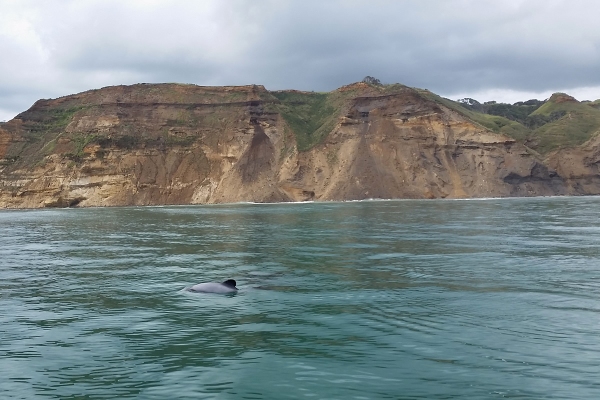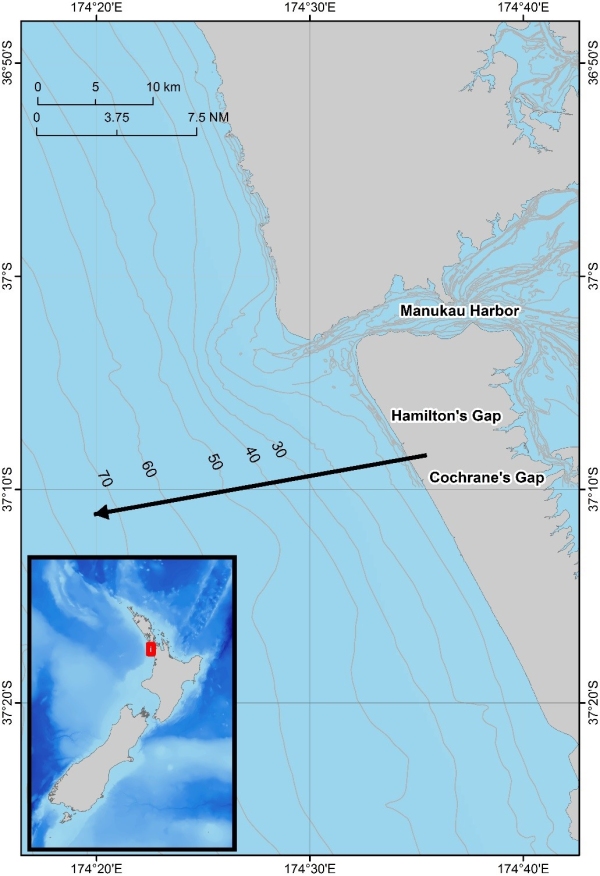The issue
Māui dolphins, a subspecies of Hector’s dolphins, are listed as nationally critical in New Zealand with a population estimate between 57 and 75 dolphins over one year old.
Māui dolphins are endemic to New Zealand and only found on the west coast of the North Island. Risk assessments found net fishing methods to be the greatest threat to these dolphins. Spatial protection for Māui dolphins has progressively increased since 2003 with the latest review of protection measures being implemented in 2013. A review of protection measures is scheduled to be undertaken in 2018, and new information to inform the level of risk the dolphins are exposed to will be integral to this review.
Because their spatial distribution is not well-known, there is uncertainty about the risk to Māui dolphins outside these protected areas, The biggest questions that remain are:
- How far offshore do Māui dolphins range?
- Do Māui dolphins use harbours?
- What is their southern extent?
Of these three questions, the greatest potential gains in Māui dolphin protection are associated with understanding their offshore distribution, as trawl, mining and set net fishing are only excluded to 2, 4, and 7 nm respectively. Traditional boat and aerial surveys for a handful of dolphins along a 500-600 km stretch of coastline would require a potentially prohibitive amount of effort. Instead, the Department of Conservation (DOC) and the Ministry for Primary Industries (MPI) are teaming up with NIWA and the University of Auckland to deploy a line of passive acoustic moored devices (CPODs and Soundtraps) to listen for the dolphins and get a better understanding of their offshore range.
The objective
The aim of this work is to establish how far offshore Māui dolphins are distributed within the core of their habitat, and whether this changes seasonally.
The approach
In June 2017, 9 acoustic moorings were deployed between Hamilton’s and Cochrane’s Gap stretching between shore and 12 nautical miles offshore (see map below).
The results
Stay tuned…..


